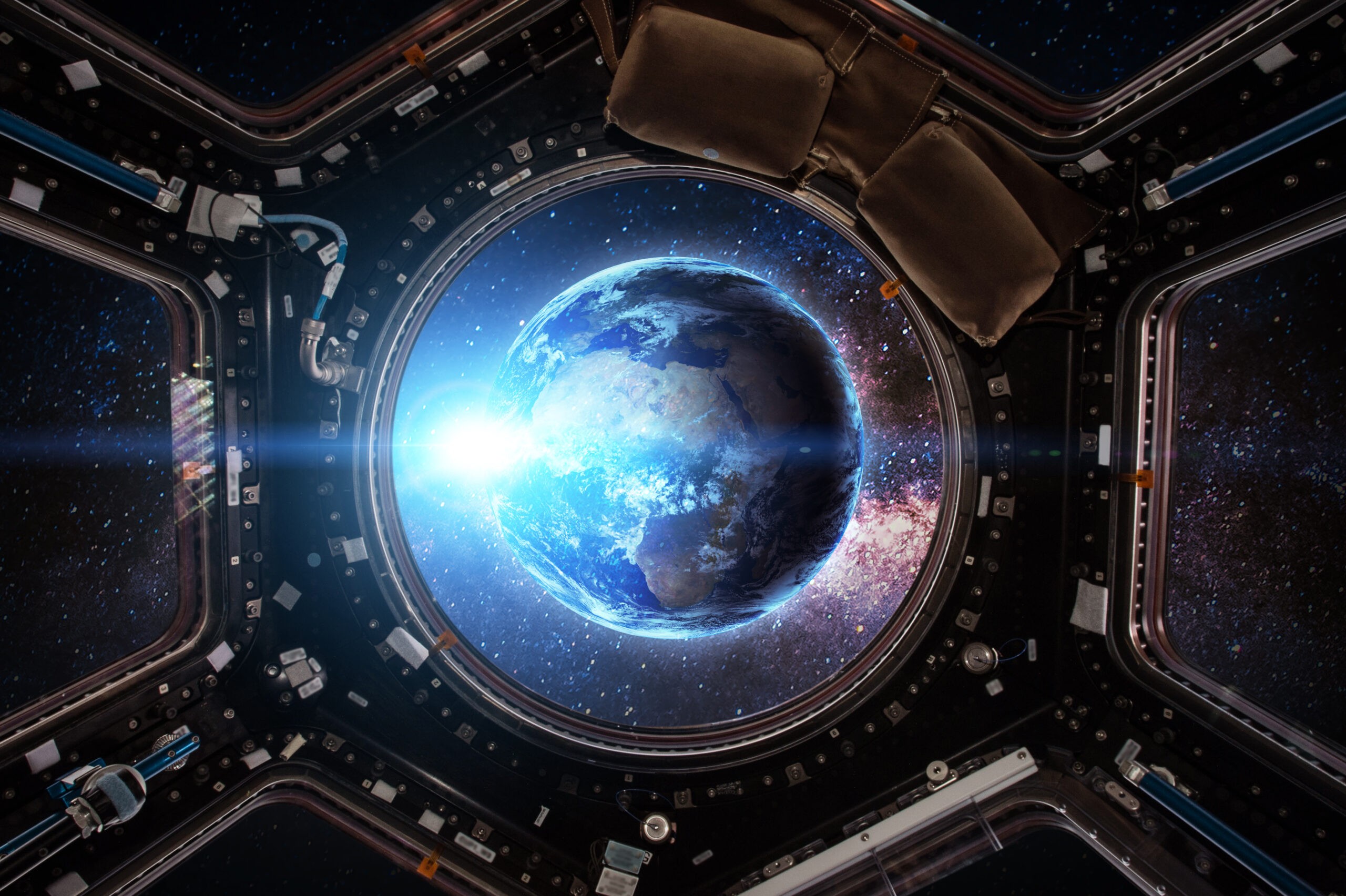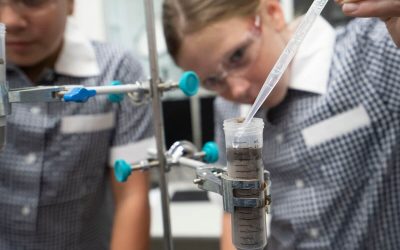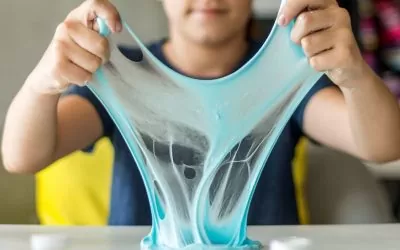Since Apollo 11 first landed on the moon over 50 years ago, space exploration has been considered one of mankind’s most awe-inspiring feats. Astronauts on mission will roam deep space for months, even years at a time, before returning to Earth.
But even in the most extraordinary occupations, ordinary problems arise that require innovative solutions. For instance, all of us must eat to survive, and astronauts are no exception!
This begs the question, how is food packaged and transported so that it’s safe, edible and healthy for astronauts to consume in space? There’s actually a lot of fascinating science behind the process – read on to find out!
The Challenges of Making Food Space-Friendly
First and foremost, food prepared for astronauts needs to have a long shelf life, considering they can’t exactly take regular trips to the supermarket to stock up on fresh supplies. Food must be packaged in such a way that prevents mould and bacteria from growing – essentially, this means that food packages need to be oxygen free.
Food packages also need to be much lighter than normal to transport into space, which is NASA’s main challenge in preparing food for space travel.
Did you know: NASA has reported paying $10,000 to send just 0.5kg of food into space! Though in more recent rocket launches, that price has decreased to an average of $2,000 for the same weight. Still quite a hefty price to transport half a kilogram of food!

So How is Food Prepared for Consumption in Space?
Preparing food that’s suitable for consumption in space is high-tech business, and is conducted through a process called freeze-drying, or “lyophilisation”, to use the scientific term. All food for astronauts is prepared in a lab by technicians wearing fully protective equipment. Interestingly, shop-bought food products form the basis of astronaut food, and then the real science begins in the lab, where these ordinary ingredients are transformed into nutritious, space-ready treats.
So What’s the Process of Freeze Drying and How Exactly Does it Work?
Step 1 Freezing – Food is frozen, changing the state of matter from a liquid to a solid, and this forms water crystals – the larger the crystals, the better!
Step 2 Primary Drying – The frozen food is placed in a vacuum chamber where no air is present. There, the food is heated up slightly using lower levels of pressure, which results in sublimation, i.e. the water turns from a solid to a gas without a liquid phase. This occurs because vacuum conditions allow for the water vapour to be removed more quickly.
Step 3 Secondary Drying – A small amount of water molecules remain even after the food undergoes sublimation, so a further drying process is applied by increasing the temperature again, but decreasing the pressure. This removes the final water molecules from the food material, leaving it sufficiently dried.
Step 4 – Voila! The food is then sealed so that further moisture is prevented from leaking back in.. With all the moisture removed, the food is now incredibly light and can be packed in an oxygen-free environment to last for up to 18 months.
The freeze drying process that NASA has devised is so innovative and effective that it removes no less than 97% of the water in the food! It’s an impressive application of scientific principles if we ever saw one. This truly is food of the future!
Get a glimpse of the astronaut food preparation process in the below video, which shows how NASA packages food to send out to the International Space Station.
(How Does Food Get Delivered to Space? | Space Week Live | Channel 4)
As Australia’s leading science communicators, Street Science can bring the future of foods directly to your school with our National Science Week 2021 Live Science Experience! Book the action-packed stage show here.



